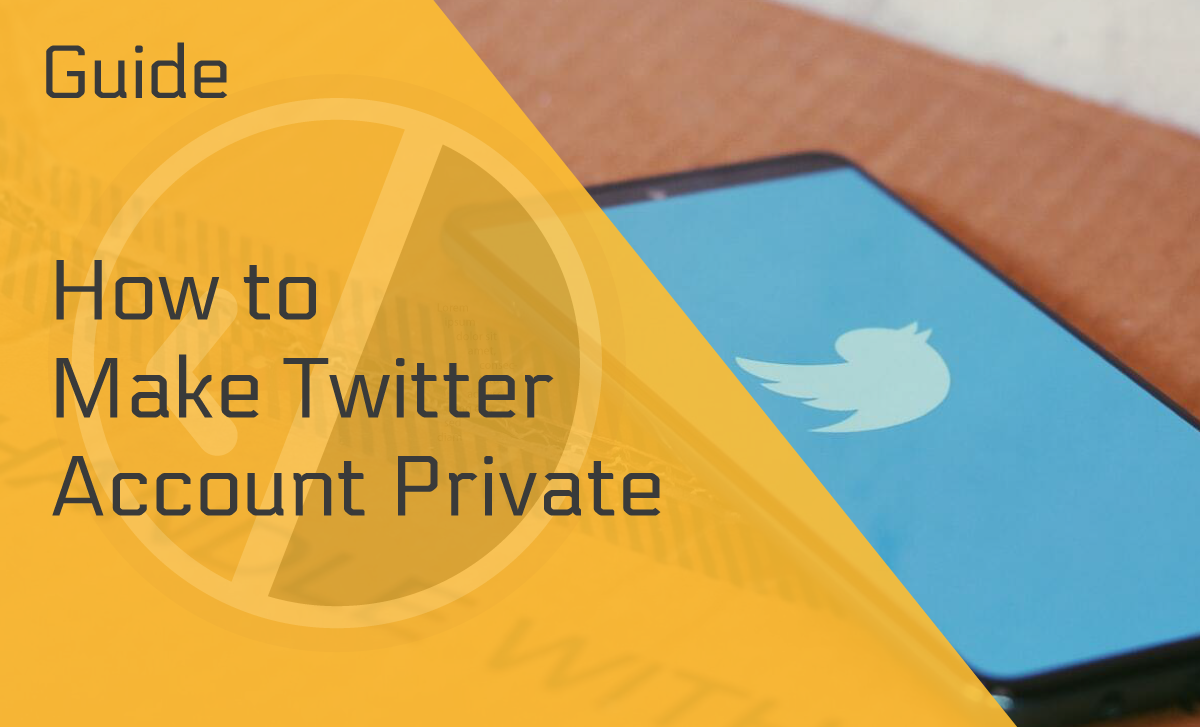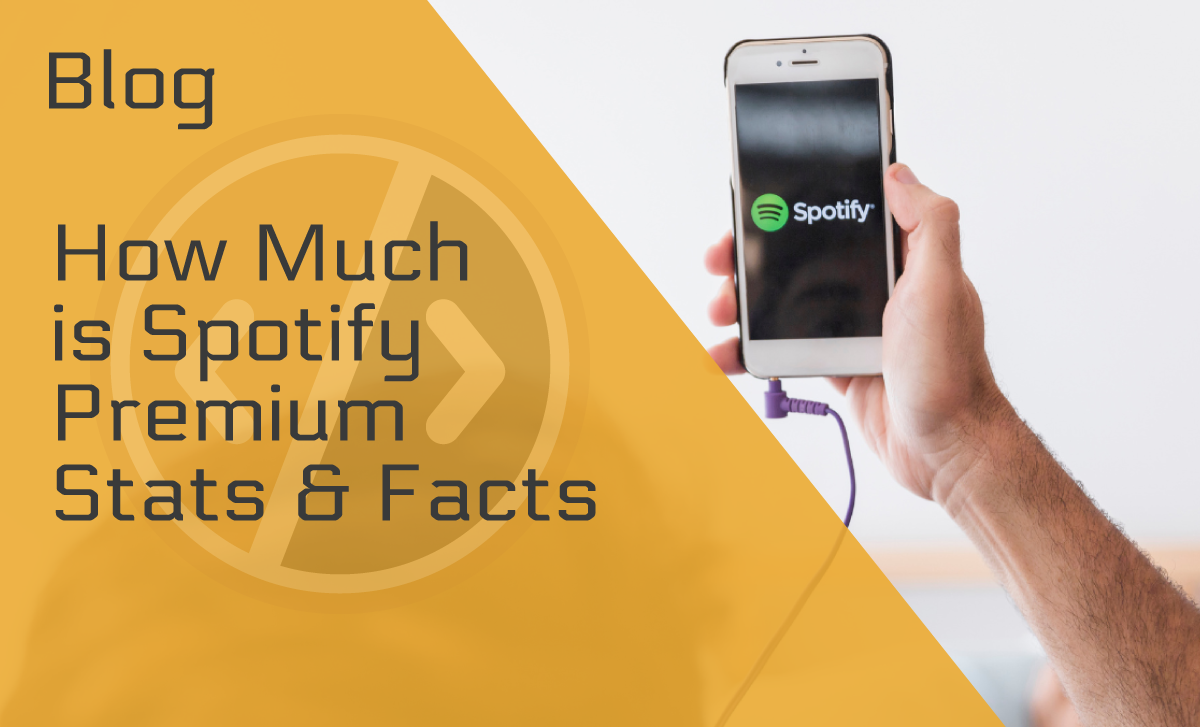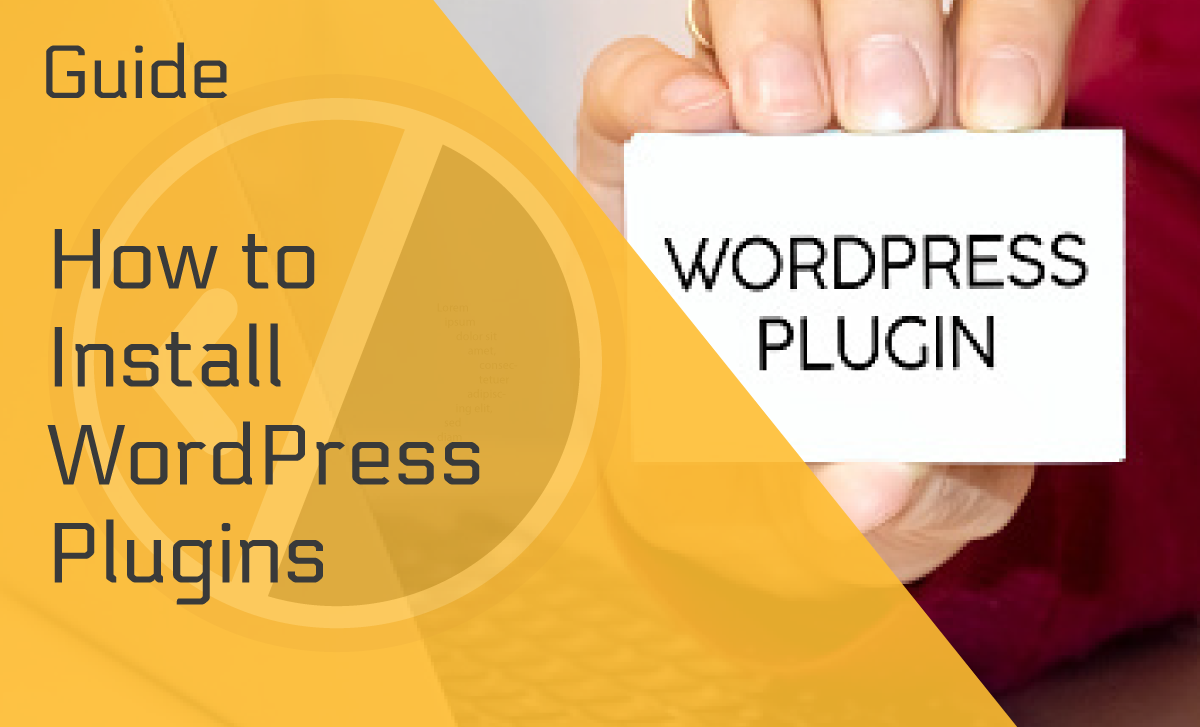How to Get on the First Page of Google – A Guide for Winning
Published: October 12, 2022
If you’re here to find out how to get on the first page of Google, the first thing you should know is that it’s not going to be easy. But it sure is worth it.
To reach the first page, you must outrank almost every competitor in your niche. Some of them have websites that have been around for years, with extensive backlink portfolios and established site authority.
However, as long as you are realistic about your goals, there are ways to get to the first page of the SERPs (Search Engine Results Pages).
Let’s take a look at some of them.
Why It’s Important to Be on Google’s First Page
Over a billion people use Google’s products and services, which means that the exposure a site would get by showing up on the first page of search results is usually worth the effort invested into getting there.
Of course, if exposure was the only benefit, simply buying an ad would be just as effective. Let’s take a look at some of the things that make organic search results especially interesting to consumers.
Increased Brand Recognition
The first page is all about visibility. If you enter keywords related to a specific niche, you expect the search engine to provide you with information on the most popular and established brands.
Securing the first page Google ranking for a variety of industry-specific keywords means that your name and logo will constantly keep popping up to your target customers searching for those keywords.
Make the most of this prominence by writing inviting meta descriptions and page titles, additionally establishing yourself as an authority with the audience and potentially getting them to visit your site.
Improved Authenticity
While getting to Google’s first page is easy if you are willing to pay for ads, Google clearly distinguishes between what is paid for and what is organic since the ad box is clearly marked.
Seeing how consumers know that rankings in the organic search are something that is earned and not simply bought, being on the front page of Google search results improves your business’s overall image.
While anyone with sufficient funds can pay for an ad, to achieve and maintain desirable rankings, you need to consistently produce engaging content that can attract both readers and backlinks. This is why more than 9 out of 10 times, people prefer organic results.
Increased Click-Through Rates
Aside from your position in rankings ensuring you better click-through rates (CTR) than ads could ever hope to achieve, it can also set you much further ahead of your competitors than you would expect.
Depending on how high you’re ranking, being just a couple of spots before or after a competitor could result in drastic differences in CTR.
This exponential decline of interest is especially noticeable with the first three positions, which are, combined, estimated to account for 60%–70% of all clicks. Since driving qualified traffic to your site is one of the main benefits of inbound marketing, CTR is essential.
How to Get Your Website on the First Page of Google?
Now that we’ve illustrated how it would benefit you to land on Google’s first page or, even better, in the top three results, we should let you know that you can achieve this with search engine optimization.
That being said, getting to the top of the SERPs is very demanding. You need to optimize every aspect of your website, modifying everything from technical elements to content.
Here are the steps you should take so that your website starts appearing first on the search engine results pages.
Optimize Your Content
If you want to reach the first page, your SEO strategy needs to revolve about creating targeted content that will set you apart from your competitors.
Of course, that doesn’t just mean keeping an eye on grammar and readability scores. You also have to make sure that your content is relevant, engaging, and informative enough to actually benefit your visitors.
If that’s not the case, even if you somehow manage to rank for a certain keyword, visitors will notice that your content is not a good result for the query they entered, immediately bouncing and hurting your rankings in the process.
Finally, it should go without saying that your content has to be unique. You’d be surprised at how easy it is to get penalized for copying and stealing someone else’s content. Even if it wasn’t, you can’t get far just rehashing things other people are saying.
Research Keywords
Keywords are the foundation of search engine optimization.
You must carefully select a keyword for which you want to rank on the first page of Google. If you want to get traffic from Google, people should search for the topics you’re writing about, but you also have to be realistic regarding what you can and can’t rank for.
Put yourself in the shoes of your targeted customers during the research process, so you can identify search queries that they would use to find info, products, and services on Google.
Keyword research ensures that whatever you want your website to be about has a search demand. “Seed” keywords serve as the starting point for your research since they help you define your niche.
Keyword research tools request a seed keyword, which they then use to generate many more keyword ideas. While there are some tools that specialize in keywords, just about any versatile SEO audit tool should be able to help you with this.
Google Keyword Planner is one of the most used free keyword tools, and it can help you show up on Google. It’s designed for people who want to display paid ads on Google, but you can also use it (with some limitations) to find keywords for SEO.
There are more than 3.5 billion searches on Google daily. It’s worth noting that long-tail searches account for the vast majority of queries. So, target relevant long-tail keywords since they’re easier to rank for, taking less money and time.
Long-tail searches seek very specific information, whereas short-tail keywords are broader. If you can provide your audience with the info they’re after, they’ll stay and convert. And you know by now that traffic is not that useful to you unless users convert.
Check the Competition
You need to understand the competitive landscape, beginning with who you’re competing with. To do so, conduct a keyword search and examine page 1 of Google.
Look at which keywords are already sending traffic to your competitors. However, you must first identify your competitors. You can do that by simply searching Google for one of your seed keywords to see who ranks in the top positions.
Of course, there are plenty of other aspects of your competitors’ SEO efforts that you should examine. This includes their content strategy, social media campaigns, where they are getting most of their backlinks from and if you can replicate some of those backlinks, etc.
Add Backlinks and Internal Links
Backlinks, the incoming hyperlinks from one site to another, are a critical ranking factor. While you might try to determine the number of backlinks required to outrank a competitor by examining their backlink portfolio, this will only give you a very rough idea of what to aim for.
So, if you want to know how to get your product to show up on Google search, basically, you need to focus on acquiring as many high-quality backlinks as you can.
Just remember that this only applies to links from reputable websites. If you tried getting links from a multitude of spammy websites, you might be penalized. Backlinks help improve the page’s “authority,” and high-authority web pages rank higher than low-authority pages.
Of course, if your site is horribly optimized in terms of technical SEO and doesn’t offer useful content, links can only help you so much.
You should also include relevant internal links. Internal links are links from one page on your website to another page on your website. The interlinks should be related to the article you’re adding them to, so visitors can read more about the subject without leaving your site.
The easiest way to do this is to type: site:yourwebsite.com “focus keyword” into Google. Doing this lets you see all website pages containing that specific word or phrase.
Take Care of Technical Optimization
Make sure to select one of the best domain registrars to speed up the process of getting to Google’s first page. If you are just starting a website, choose a good domain name with your primary keyword as the first word in the domain, if possible.
If you have a local business, you can use a country code top-level domain (such as .uk, .in, or .us) to be more prominent in local searches. At the same time, avoid using things like numbers or strange characters in your URL, both for recognition and for SEO purposes.
In addition, try to use descriptive and valid URLs for each website page. Don’t use generic names, but give names to your pages that tell search engines and users what they are.
Moving on from the URL, if you want to show up on Google, you should write engaging and keyword-rich meta descriptions for pages and alt tags for images. Try to have at least one keyword in your descriptions to help your rankings.
Of course, you should also find a suitable host that will provide for all of your site’s resource requirements. While some sites might need dedicated hosting, and some might make do with a shared plan, most websites will do just fine with a reliable VPS hosting plan.
Technical optimization usually involves a range of other activities, from reducing your page loading times by using smaller images or delaying loading times for certain page elements, to ensuring that there are no redirect chains or other issues with your interlinking structure.
While some of this can be done by any webmaster, other parts of technical optimization will probably require you to get help from an SEO expert.
Wrapping Up
We hope we’ve clarified how to get on the first page of Google.
As you can see, there’s no quick fix for getting on Google’s front page. It takes a lot of effort, work, and time. Concentrate on building high-quality content and finding ways to improve your expertise and authority.
Since Google’s algorithm is constantly changing, some of the advice you’ll find online might have actually been applicable at one time but has since become obsolete. That’s why we focused only on tips that were as valid and relevant a decade ago as they are today.
FAQ
How much does it cost to get on the first page of Google?
Technically, it’s free — you don’t have to pay a fee to Google or anyone else for showing up on the first page (unless you intend to get there through ads).
However, unless you have unlimited time and expertise in every discipline needed to actually get a site to reach the front of the SERPs, you will probably need to invest quite a bit into making your site worthy of that coveted position.
Of course, the exact amount will depend on a host of factors — which keywords are you pursuing, who are you competing against, how long has your website been around for, how many backlinks do you already have, etc.
How long does it take to rank on the first page of Google?
This depends on a number of things, some sites will never manage to reach the first page for some terms, while others only need to publish a new post, and their existing authority will immediately push them to the top of the SERPs.
However, to give you some kind of an estimate, newer websites with less than 40 domain authority that compete for medium-difficulty keywords should reach the first page after three to six months of focused SEO efforts, depending on how active their competitors are.
How long does it take to get traffic from Google?
If you’re just starting a website, it won’t take long to get indexed by Google, technically appearing in the search results, but it can take a while until it ranks well enough to actually be seen by potential visitors.
These numbers are a very rough estimate, but in general, you may have to wait three to four months before seeing your first Google visits, and six to seven before you start noticing a stronger influx of traffic from the organic search.







